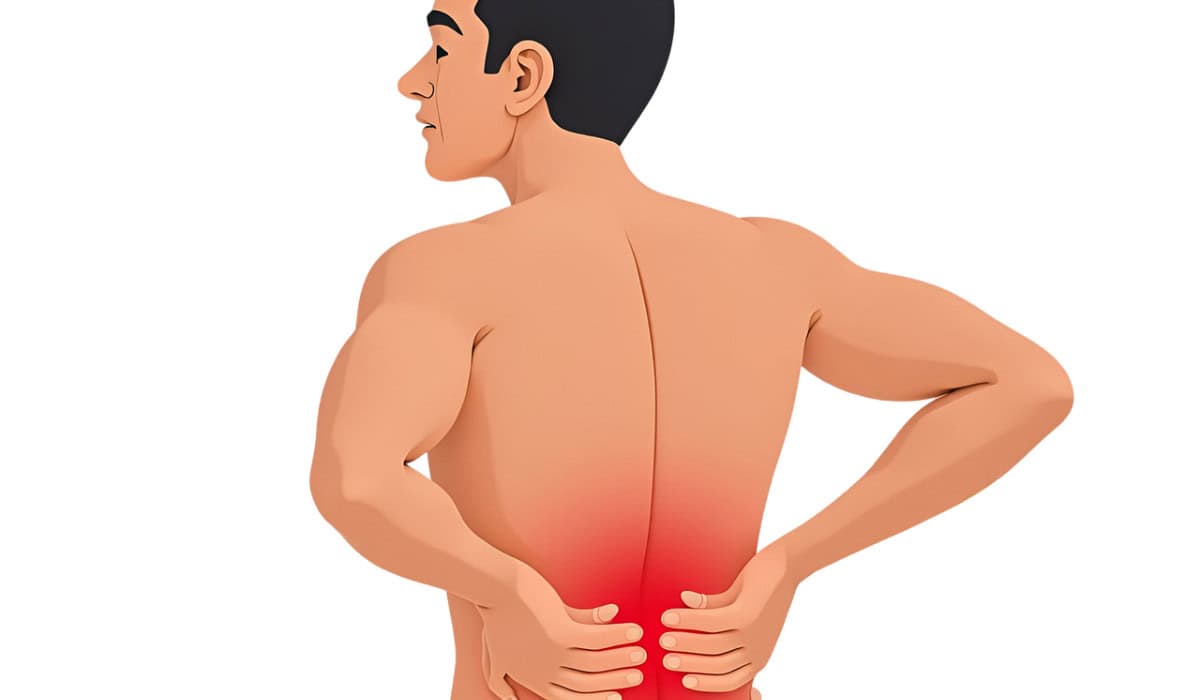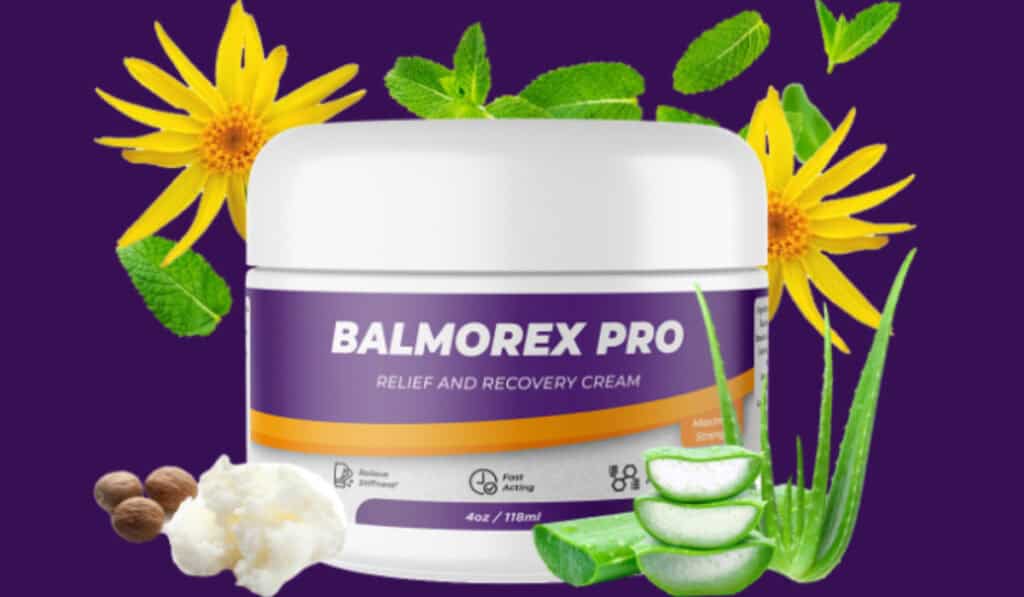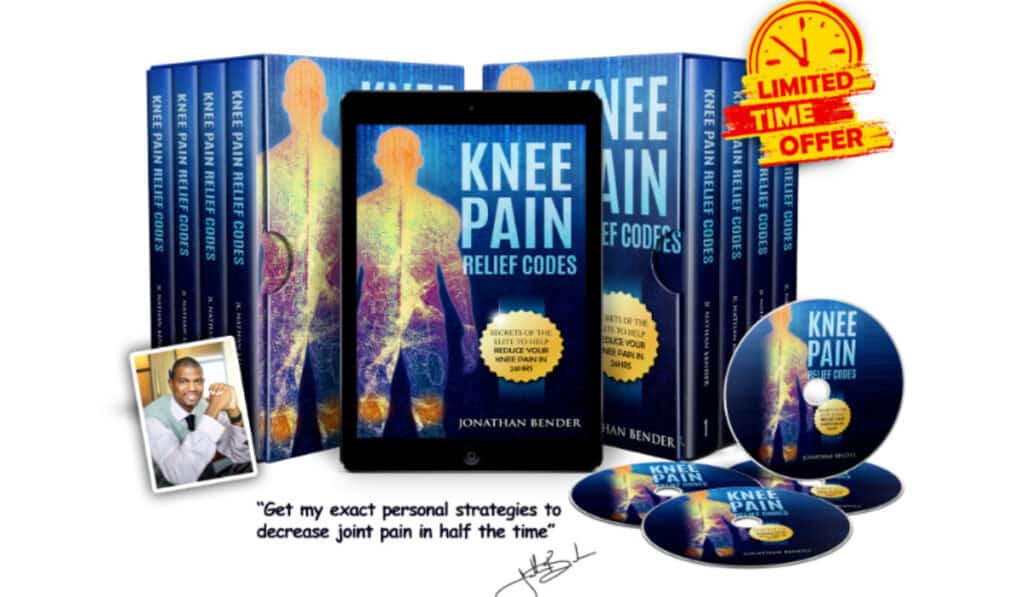The Root Cause of Joint Pain
Inflammation is your body’s natural response to injury or infection, aiming to heal the damaged tissue. However, when it becomes chronic, it can lead to pain and swelling that significantly impacts your daily life. The joints, where two bones connect, are particularly vulnerable. Cartilage, the flexible tissue that cushions joints, can be worn down, and surrounding tissues can become inflamed, causing acute pain and limiting mobility.
Chronic pain in the joints is not just about wear and tear; it’s often a sign of deeper issues. When the body’s immune response goes into overdrive, it can mistakenly attack healthy tissues, leading to inflammation that doesn’t just go away. This persistent inflammation can cause long-term damage to bones and cartilage, making finding effective pain relief a critical concern for those affected.
The Science of Inflammation and Joint Pain
The complexity of joint pain begins with the immune system, which can mistakenly attack bones and cartilage. This process, medically reviewed studies suggest, underpins conditions like rheumatoid arthritis, where the body’s defense system turns against its tissues, causing significant discomfort and mobility issues.
How Does Inflammation Affect Your Joints?
Inflammation triggers the release of inflammatory cells into the joints, initiating a series of reactions meant to protect and heal the body. However, this well-intentioned process can lead to the breakdown of cartilage and the release of enzymes that further damage joint tissues. The result is a cycle of inflammation, pain, and reduced function that can be challenging to break.
The Immune System’s Role: Friend or Foe?
While the immune system is designed to protect us, its role in joint health is a double-edged sword. Conditions like inflammatory arthritis exemplify how the immune response, intending to fight off infection or heal injury, can cause chronic inflammation and joint damage. This misdirected attack complicates the healing process, turning the body’s defense mechanism into a source of ongoing pain.
Autoimmune Disorders and Joint Pain
Autoimmune disorders, where the body’s immune system attacks its tissues, highlight a critical struggle within. Conditions such as inflammatory arthritis are marked by this self-destructive process, leading to inflammation in the joints, chronic pain, and significant joint damage. These disorders disrupt the normal healing process, making management of the symptoms a constant challenge for those affected.
Osteoarthritis vs. Inflammatory Arthritis
Osteoarthritis and inflammatory arthritis are two sides of the joint pain spectrum. Osteoarthritis, characterized by wear and tear on cartilage, contrasts with inflammatory arthritis, where the body’s immune system attacks joint tissues. Blood tests and clinical trials help distinguish between the two, revealing the effects of inflammatory arthritis like pain and stiffness, immune cells’ involvement, and potential for broader affected joints, including notable discomfort in areas like the neck.
Understanding Rheumatoid Arthritis
Rheumatoid arthritis is a prime example of how the immune system’s misdirection can cause havoc in the body. This autoimmune condition leads to chronic inflammation, causing pain, swelling, and eventual joint damage. The relentless attack on the joints by the immune system underscores the complex nature of inflammatory arthritis and the importance of targeted treatment strategies.
Identifying the Culprits Behind Joint Pain
Understanding the underlying causes of joint pain is crucial in crafting an effective treatment plan. Inflammatory arthritis, joint damage, and chronic inflammation stand out as significant contributors to the pain and discomfort experienced by many.
Common Causes of Joint Discomfort
Joint discomfort often arises from a mix of factors, including the accumulation of uric acid crystals and the wear and tear on joints over time. Recognizing these contributors is the first step toward addressing the pain and finding relief.
Injury and Overuse: The Silent Aggravators
Injuries and overuse of joints can silently aggravate underlying conditions, leading to increased pain and discomfort. The impact of these factors is often underestimated, but they play a significant role in the development and exacerbation of joint issues.
The Impact of Infections on Joints
Infections can have a profound impact on joint health, leading to inflammation and pain that complicates existing conditions. The body’s response to these infections can further exacerbate joint discomfort, adding a layer of complexity to diagnosis and treatment.
Decoding the Symptoms: When Your Body is Sounding the Alarm
When your joints start to ache, swell, or stiffen, your body is signaling a potential issue, possibly inflammation or joint damage. These symptoms shouldn’t be ignored, as they might indicate underlying conditions such as inflammatory arthritis. Recognizing these signs early can be crucial in preventing ongoing joint damage. If you notice redness, warmth around joints, or a decrease in range of motion, it’s essential to address these symptoms promptly.
Navigating the Treatment Landscape
Exploring treatment options for joint pain involves understanding the balance between managing symptoms and addressing the root causes, such as inflammation or uric acid buildup. Drugs are used to treat inflammatory conditions and can offer relief, but it’s also important to consider physical therapy and lifestyle changes. Biologic DMARDs present a targeted approach for inflammatory arthritis, offering hope in preserving joint function.
Conventional Medical Treatments for Joint Pain
Conventional treatments for joint pain often start with pain relievers for immediate relief and physical therapy to improve joint function. In severe cases where damage is significant, joint replacement surgery might be necessary. These approaches aim to alleviate symptoms, improve quality of life, and, in the case of surgery, replace the damaged joint with an artificial one to restore mobility.
Medications: A Double-Edged Sword
Medications play a pivotal role in managing joint pain, especially for conditions like inflammatory arthritis, psoriatic arthritis, and ankylosing spondylitis. While they can significantly reduce pain and prevent joint damage, it’s important to be aware of potential side effects. These drugs, particularly when managing autoimmune diseases, require careful monitoring by healthcare professionals to balance efficacy with the patient’s overall health.
The Role of Surgery in Managing Joint Pain
For those with severe joint damage or chronic inflammation not responsive to other treatments, surgery can offer a new lease on life. Procedures ranging from arthroscopic surgery to partial or total joint replacement can address the physical damages caused by inflammatory arthritis, providing significant pain relief and improved joint function. However, surgery is considered a last resort, after other treatment avenues have been explored.
Embracing Alternative Therapies and Remedies
Alternative therapies and remedies, including acupuncture, massage, and herbal supplements, have gained popularity as complementary approaches to managing joint pain. While they can provide relief and aid in overall well-being, it’s crucial to use them in conjunction with conventional treatments and under the guidance of a healthcare provider to ensure safety and effectiveness.
The Power of Diet and Exercise
A balanced diet rich in anti-inflammatory foods and regular exercise can play a significant role in managing joint pain. Incorporating fruits, vegetables, whole grains, and lean proteins can help reduce inflammation, while a tailored exercise regimen can strengthen the muscles around joints, improve flexibility, and reduce the overall burden of joint pain.
Supplements and Natural Remedies: Do They Work?
Supplements and natural remedies, like omega-3 fatty acids, glucosamine, and chondroitin, are often touted for their potential to reduce joint pain and inflammation. While some people find relief with these supplements, it’s important to approach them with caution. Not all supplements are effective for everyone, and they should ideally be used as part of a broader treatment plan under a doctor’s supervision.
Preventative Measures and Lifestyle Adjustments
Adopting a proactive approach to managing chronic inflammation can help mitigate the risk of joint pain. This includes regular physical activity, maintaining a healthy weight, and eating a diet low in processed foods and rich in anti-inflammatory foods. By making these lifestyle adjustments, you can help protect your joints and reduce the likelihood of pain and damage.
Strategies to Keep Moving: Living with Joint Pain
Living with chronic inflammation and joint pain requires adopting strategies to remain active while managing symptoms. This might involve modifying activities to reduce strain on joints, using assistive devices to improve mobility, and engaging in gentle exercise to maintain strength and flexibility. Keeping active is key to managing symptoms and maintaining quality of life.
The Importance of Physical Activity
Engaging in regular physical activity is crucial for managing joint pain and inflammation. Exercises like swimming, cycling, and walking can be low-impact ways to keep joints flexible and muscles strong. Physical therapy also plays a vital role in developing a personalized exercise plan that accounts for your unique needs and limitations, helping to reduce pain and improve function without exacerbating symptoms.
Adapting Your Living Space for Better Mobility
Making simple modifications to your living space can significantly improve daily functioning and reduce the risk of falls or injuries. This could include installing grab bars in the bathroom, using a raised toilet seat, or ensuring that your home is free of tripping hazards. These adjustments help create a safer and more accessible environment, allowing you to navigate your space more confidently and comfortably.
Winter Woes: Managing Joint Pain in Cold Weather
When the temperature drops, your joints might start to feel the chill, leading to increased discomfort and stiffness. Cold weather can make your joint pain worse, so it’s crucial to keep warm and stay active to maintain flexibility. Layering clothes, warming up before exercising, and using heat therapies can help alleviate the pain. Additionally, staying hydrated and maintaining a healthy diet can support your joints during the colder months.
When to Seek Professional Help
Dealing with joint pain can be challenging, especially when home remedies and over-the-counter medications don’t bring relief. If you’re experiencing ongoing pain that interferes with your daily activities, it’s time to consult a healthcare provider. They can offer a treatment plan tailored to your specific needs, which may include medications, physical therapy, or other interventions. Getting a proper diagnosis and treatment early can prevent further complications and improve your quality of life.
Recognizing the Signs That It’s Time to Contact a Doctor
If your joint pain persists for more than a few weeks or is accompanied by other symptoms like redness, swelling, or warmth around the joint, it’s crucial to see a doctor. These signs may indicate a more serious condition that requires professional evaluation and treatment. Don’t wait for the pain to become unbearable before seeking help.
Persistent Pain: Not to Be Ignored
Persistent joint pain that doesn’t improve with rest or over-the-counter pain relievers is a clear signal that something more serious may be at play. It’s essential not to ignore ongoing discomfort, as it can lead to permanent damage if left untreated. Consulting with a healthcare provider can help determine the cause of your pain and the best course of action to take.
Symptoms That Indicate an Underlying Serious Condition
Certain symptoms accompanying joint pain warrant immediate medical attention. If you experience sudden, intense pain, significant swelling, or joint deformity, or if your joint pain is caused by an injury, it’s important to seek professional help right away. These symptoms could indicate an underlying serious condition, such as a fracture or infection, that requires prompt diagnosis and treatment to prevent further damage.
The Community and Support Networks
Living with joint pain can be isolating, but you don’t have to navigate it alone. Support groups, both in-person and online, offer a platform to connect with others who understand what you’re going through. Sharing experiences, tips, and coping strategies can provide comfort and practical advice. Additionally, these communities can offer encouragement and motivation to keep moving forward in your journey with joint pain.
Finding Solace and Understanding: Joining Support Groups
Joining a support group for individuals with joint pain can be a transformative experience. It’s a safe space where you can express your feelings, share your challenges, and celebrate your victories. Being part of a community that faces similar struggles can help you feel less alone and more understood. The collective wisdom of the group can also introduce you to new coping mechanisms and treatment options you might not have considered.
Leveraging Online Resources for Information and Connection
The internet is a valuable tool for finding information and support when dealing with joint pain. Numerous websites, forums, and social media groups are dedicated to various forms of arthritis and joint discomfort. These online resources can provide up-to-date information on medical treatments, practical advice on managing daily activities, and personal stories that inspire. Engaging with these platforms can help you feel more empowered and connected to a larger community.
The Journey Towards Understanding: Further Reading and Resources
Expanding your knowledge about joint pain and its management can significantly impact your ability to cope with the condition. Books, medical journals, and trusted online resources can offer in-depth information on the latest research, treatment options, and lifestyle adjustments that can improve your symptoms. Dedicating time to educate yourself can equip you with the tools you need to take control of your joint pain and lead a more comfortable life.
Keeping Up-to-Date: Following Health News and Original Series
Staying informed about the latest in health news and research can provide insights into new treatments and management strategies for joint pain. Subscribing to health newsletters, following reputable health news outlets, and watching original series focused on medical advancements can keep you at the forefront of new developments. This ongoing education can be a source of hope and empowerment as you navigate your health journey.
Engaging with Medical Experts Through Podcasts
Podcasts are an excellent way to gain access to medical experts and the latest discussions on joint pain management. Listening to episodes featuring physicians, researchers, and other health professionals can offer valuable perspectives and advice. Whether you’re seeking information on treatment innovations or tips for daily living, podcasts can be a convenient and informative resource to explore.
Ending the Pain Cycle: A Hopeful Outlook
Despite the challenges joint pain presents, there’s reason to be optimistic about the future. Advances in medical research are continually leading to better understanding, treatment options, and management strategies. Embracing a proactive approach to your health, staying informed, and connecting with supportive communities can transform your journey with joint pain. With perseverance and the right resources, finding relief and reclaiming your quality of life is within reach.
The Future of Joint Pain Management: Innovations on the Horizon
The future of joint pain management looks promising with ongoing research and technological advancements. Breakthroughs in biologic medications, minimally invasive surgeries, and personalized medicine are paving the way for more effective treatments. These innovations promise to reduce pain, improve joint function, and possibly even achieve remission in some cases. Staying hopeful and informed about these developments can provide encouragement to those seeking to end their pain cycle.
Personal Stories of Triumph: Living Beyond Joint Pain
Hearing personal stories of triumph over joint pain can be incredibly inspiring. Individuals who have found ways to manage their condition and lead fulfilling lives offer real-world examples of what’s possible. These stories highlight the importance of resilience, adaptability, and the pursuit of effective treatment. By sharing their journeys, they provide hope and motivation to others that it’s possible to live beyond joint pain and enjoy a vibrant, active life.







